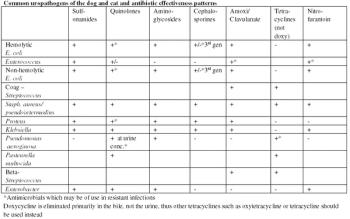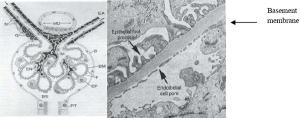
Explore the crucial role nutrition plays in treating this frustrating condition and how to determine which diet is best for your patients (Sponsored by The Blue Buffalo Co.).

Explore the crucial role nutrition plays in treating this frustrating condition and how to determine which diet is best for your patients (Sponsored by The Blue Buffalo Co.).

The mechanisms behind this familiar condition are multilayered and poorly understood, and treatment must be individualized based on the cause of the problem.

Direct visualization of the lower urinary tract can be important for the diagnosis and treatment of many disease processes. Evaluation of the urinary bladder, ureters, and proximal urethra is possible via surgical exploration; however uroendoscopy is a minimally-invasive technique which allows assessment of the lower urinary and distal reproductive tract.

Recurrent and resistant urinary tract infections (UTIs) are among some of the most frustrating challenges veterinarians tackle in small animal practice.

There are many misconceptions regarding the significance of crystals found on routine urine sediment examination in dogs and cats. There is a large amount of information about the impact of diet, water intake, urine handling, breed, and many other possible contributing factors on the formation of crystals and stones.

Protein in the urine, particularly when it is of renal origin, can be an indicator of renal damage, and has been found to be associated with progression of renal disease. There are several reasons that protein can enter the urine, through a damaged glomerulus, through lack of reuptake by tubular epithelial cells, and through exudation into the tubular lumen.

One of the simplest and most cost effective diagnostic tools is at our disposal every day in practice, however we often overlook it and the large amount of data that it provides us. Urinalysis, including fresh sediment examination, can provide additional important information that complements and enhances the diagnostic information we gain from other diagnostic modalities such as serum chemistry, CBC, and the all-important physical examination.

Urinary incontinence is a common problem affecting up to 20% of spayed female dogs and 30% of those > 20 kg. In most of these patients it occurs within 3 years of spaying, although in many it may not become a major problem until later in life when it can be complicated by diseases that increase water intake and urine production.

Published: August 18th 2021 | Updated:

Published: July 3rd 2018 | Updated:

Published: May 1st 2011 | Updated:

Published: May 1st 2011 | Updated:

Published: May 1st 2011 | Updated:

Published: May 1st 2011 | Updated: